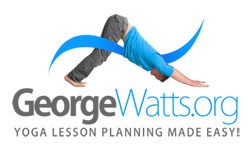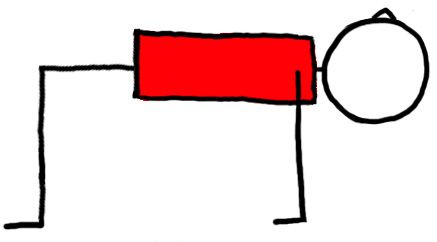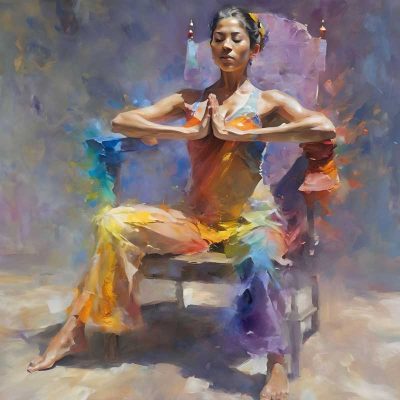How To Teach East Stretch (Table Top Pose, Upward Plank Pose, Purvottanasana) The Maverick Way: By Bringing Awareness Of Duality To Your Student’s Minds and Hearts
Sanskrit
Catuspadapitham
East Symbolism
Give your students a bit of interesting trivia about the symbolism of “East”. East is the traditional symbol of dualities.
So, you could give your students this quote from Rudyard Kipling when they get into the pose:
“East is East and West is West, and never the twain shall meet.”
You could use the pose to bring awareness of how yoga helps ease the clash between western and eastern culture. That may be a bit too political for a yoga class, but isn’t yoga all about raising awareness and seeing the truth (instead of seeing the world through rose tinted glasses).
You could use the pose to raise awareness of the duality between rich and poor?
You could use the pose to raise awareness of freedom and slavery in our culture (the news headlines has seen a lot of headlines of modern slavery).
You could use the pose to raise awareness of a still verses busy mind?
You could use the pose to raise awareness of one of Otta Rank’s (disciple of Freud) suggestion that human psychology is a paradox caught between the fear of life and the fear of death. As he notes in Will Therapy:
“The fear in birth, which we have designated as fear of life, seems to me actually the fear of having to live as an isolated individual, and not the reverse, the fear of loss of individuality (death fear). That would mean, however, that primary fear corresponds to a fear of separation from the whole, therefore a fear of individuation, on account of which I would like to call it fear of life, although it may appear later as fear of the loss of this dearly bought individuality as fear of death, of being dissolved again into the whole.”
To Otta, the conflict was never resolved within the individual. As he observed, “Between these two fear possibilities, these poles of fear, the individual is thrown back and forth all his life.” OK, I admit, this may be a wee bit deep for an average yoga class, but could be an interesting discussion during a 7 day yoga retreat.
You could use the pose to raise awareness of the symbols of east and west according to Carl Jung in Psychology And Religion: West And East.
“In the East,” notes Jung, “the inner man has always had such a firm hold on the outer man that the world had no chance of tearing him away from his inner roots; in the West, the outer man gained the ascendancy to such an extent that he was alienated from his innermost being.”
There are lots of dualities you could bring awareness to in your class when teaching East Stretch.
Teaching Directions
(1) Sit with legs bent and brings hands behind you. Feet hip width apart.
(2) Lift hips up. Lift baby up. Lift a little higher. Don’t let hips sag down – keep pressing them up towards the ceiling.
(3) Stay for 1 or 2 breaths.
(4) Exhale will coming down to starting position.
(5) Repeat.
Video Tutorial
http://www.youtube.com/watch?v=Uz1-kweM39I
Benefits
Stretches arms and shoulders.
Works fronts and backs of legs and back of your body.









